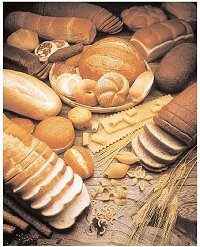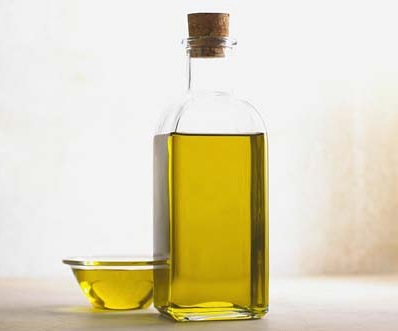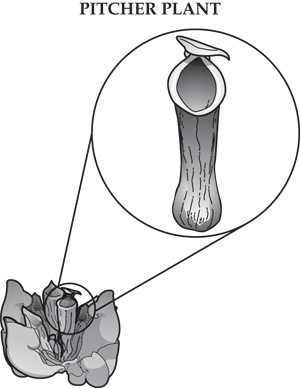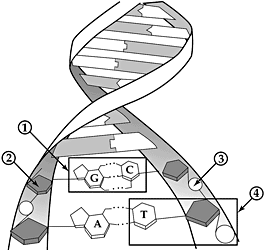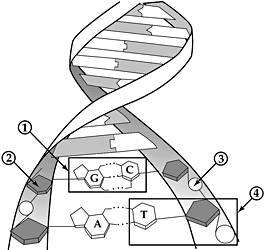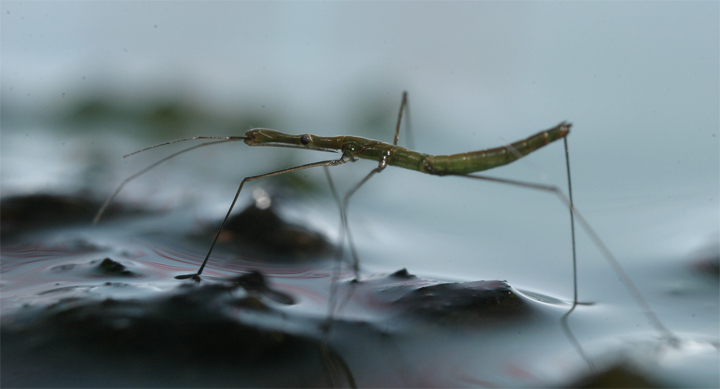Chemistry Of Life - Quiz 3
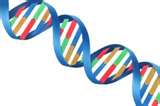
This quiz concentrates on the 4 macromolecules - carbohydrates, proteins, lipids , and nucleic acides.
Questions and Answers
- 1.
Examples of carbohydrates include:
- A.
Fats
- B.
Sugars and starches
- C.
Nucleic acids
- D.
Monomers
Correct Answer
B. Sugars and starchesExplanation
Carbohydrates are organic compounds made up of carbon, hydrogen, and oxygen atoms. They are an essential source of energy for the body. Sugars and starches are examples of carbohydrates as they are composed of simple sugar molecules or chains of sugar molecules respectively. Fats are not considered carbohydrates as they are composed of glycerol and fatty acids. Nucleic acids are also not carbohydrates as they are made up of nucleotide monomers.Rate this question:
-
- 2.
Nucleotides are the building blocks of
- A.
Fats
- B.
Sugars and starches
- C.
DNA and RNA
- D.
Carbohydrates
Correct Answer
C. DNA and RNAExplanation
Nucleotides are the basic units that make up DNA and RNA molecules. DNA and RNA are essential for storing and transmitting genetic information in all living organisms. While fats, sugars, starches, and carbohydrates are also important molecules in biological systems, they are not directly formed by the arrangement of nucleotides. Thus, the correct answer is DNA and RNA.Rate this question:
-
- 3.
Carbohydrates are a _______ energy source for the body.
- A.
Only
- B.
Tertiary
- C.
Secondary
- D.
Primary
Correct Answer
D. PrimaryExplanation
Carbohydrates are the primary energy source for the body because they are easily broken down into glucose, which is used by cells to produce ATP, the energy currency of the body. Carbohydrates provide quick and readily available energy, making them essential for normal bodily functions and physical activity. Other macronutrients like fats and proteins can also be used for energy, but carbohydrates are the body's preferred and most efficient source.Rate this question:
-
- 4.
Fats are a ______ energy source for the body.
- A.
Only
- B.
Tertiary
- C.
Secondary
- D.
Primary
Correct Answer
C. SecondaryExplanation
Fats are considered a secondary energy source for the body. While carbohydrates are the primary source of energy, the body turns to fats when carbohydrate stores are depleted. Fats are broken down into fatty acids and used as fuel by the body, providing a longer-lasting and more sustained energy source compared to carbohydrates. This makes fats an important energy source during prolonged physical activity or when there is a lack of immediate carbohydrate availability.Rate this question:
-
- 5.
(from www.mdk12.org)Use the information and the drawing below to answer the following item. The pitcher plant is a carnivorous plant that consumes various small organisms such as spiders and frogs. The pitcher plant is often found in areas with soil that is very acidic and contains few nutrients. The pitcher plant consumes organisms that help supply the plant with nutrients that are not in the soil. A diagram of the pitcher plant is shown below.In which soil pH range are pitcher plants most likely found?
- A.
4.5-5.5
- B.
7-8
- C.
10.5-11.5
- D.
13-14
Correct Answer
A. 4.5-5.5Explanation
Pitcher plants are most likely found in soil with a pH range of 4.5-5.5. This is because the pitcher plant requires soil that is very acidic and contains few nutrients. The low pH of the soil helps the pitcher plant to thrive and obtain the necessary nutrients from the organisms it consumes.Rate this question:
-
- 6.
(from www.mdk12.org)Use the diagram below to answer the following item. Which of these is a nucleotide?
- A.
1
- B.
2
- C.
3
- D.
4
Correct Answer
D. 4Explanation
A nucleotide is a building block of DNA and RNA, consisting of a nitrogenous base, a sugar molecule, and a phosphate group. In the given diagram, option 4 is a nucleotide as it shows all three components - a nitrogenous base (represented by the letter "A"), a sugar molecule (represented by the pentagon shape), and a phosphate group (represented by the circle with a "P" inside it).Rate this question:
-
- 7.
(from www.mdk12.org)Use the diagram below to answer the following item. Where is the sugar?
- A.
1
- B.
2
- C.
3
- D.
4
Correct Answer
B. 2Explanation
Based on the diagram provided, the sugar is located in position 2.Rate this question:
-
- 8.
(from www.md12.org)Some adult insects are unable to swim but are able to walk on top of water. What characteristic of water enables these insects to walk on top of water?
- A.
Surface tension
- B.
PH
- C.
Solvent properties
- D.
Atomic bonds
Correct Answer
A. Surface tensionExplanation
Surface tension is the characteristic of water that enables insects to walk on top of it. Surface tension is the result of cohesive forces between water molecules, causing them to stick together and form a "skin" on the surface. This creates a strong surface that can support the weight of small insects, allowing them to walk on water without sinking.Rate this question:
-
Quiz Review Timeline +
Our quizzes are rigorously reviewed, monitored and continuously updated by our expert board to maintain accuracy, relevance, and timeliness.
-
Current Version
-
Mar 22, 2023Quiz Edited by
ProProfs Editorial Team -
Nov 17, 2009Quiz Created by
Akimamarshall
- Atom Quizzes
- Atomic Theory Quizzes
- Chemical Bonding Quizzes
- Chemical Compound Quizzes
- Chemical Element Quizzes
- Chemical Reaction Quizzes
- Chemistry Practice Quizzes
- Clinical Chemistry Quizzes
- Electrolysis Quizzes
- Functional Group Quizzes
- Gas Quizzes
- General Chemistry Quizzes
- IBSL Chemistry Quizzes
- Medicinal Chemistry Quizzes
- Molecule Quizzes
- Periodic Table Quizzes
- Rate Of Reaction Quizzes
- Reaction Quizzes
- Soap Quizzes
- Solution And Mixture Quizzes
- State Of Matter Quizzes
- Stoichiometry Quizzes
 Back to top
Back to top



